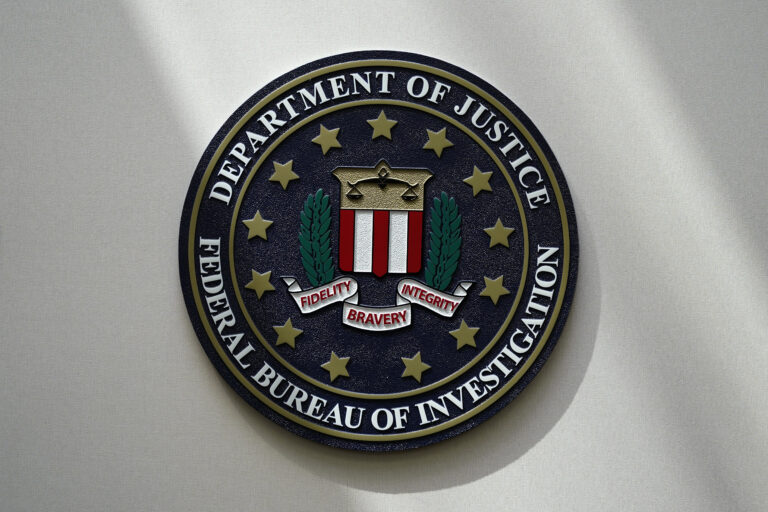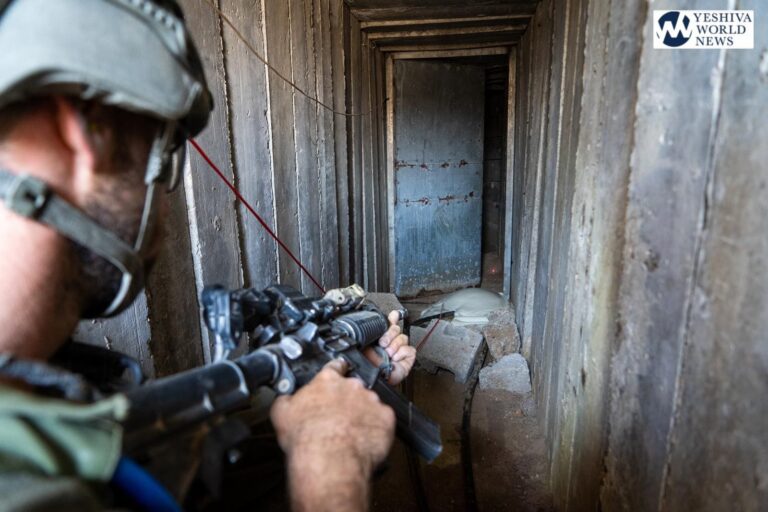 Governor Andrew M. Cuomo today directed activation of New York State’s Emergency Operations Center in preparation for heavy and blowing snow of up to 16 inches that is expected throughout the New York City area, the Hudson Valley, the Capital Region, and the Mohawk Valley. The National Weather Service has issued Winter Weather Watches and Warnings in and around these areas, with the storm predicted to move south to north beginning early today and continue through Thanksgiving on Thursday.
Governor Andrew M. Cuomo today directed activation of New York State’s Emergency Operations Center in preparation for heavy and blowing snow of up to 16 inches that is expected throughout the New York City area, the Hudson Valley, the Capital Region, and the Mohawk Valley. The National Weather Service has issued Winter Weather Watches and Warnings in and around these areas, with the storm predicted to move south to north beginning early today and continue through Thanksgiving on Thursday.
“As New York faces another winter storm, the Emergency Operations Center will ensure that resources are made available to keep residents, as well as visitors, safe as they travel for the Thanksgiving holiday,” Governor Cuomo said. “I urge motorists to avoid unnecessary trips but, if you must drive, to exercise caution and to check your route before leaving.”
Governor Cuomo has activated the New York State Emergency Operations Center in Hawthorne through Thursday. This morning, the Governor visited the Emergency Operations Center and was briefed by representatives of agencies reporting for this activation: the Division of Homeland Security and Emergency Services, Office of Emergency Management, Office of Fire Prevention and Control, Department of Transportation, Department of Environmental Conservation, New York State Thruway, State Police, Information Technology Services, and the Public Service Commission.
The State has prepared 911 snow plows, more than 1,800 plow operators and more than 130,000 tons of road salt between New York City and Albany to respond to the storm.
The Governor additionally announced the following traffic restrictions that are in effect in anticipation of heavy snowfall in the region:
- Beginning 7am, Wednesday, November 26, 2014, long tandem vehicles will be banned from the New York State Thruway on I-90, both directions from Interchange 32 (Westmoreland/Rome) to Interchange 24 (Exit 24) and on I-87, both directions from Interchange 24 (Albany) to the New York City line. Updates will be provided as conditions change.
- Beginning 7am, Wednesday, November 26, 2014, commercial vehicles will be banned from Interstate 84, both directions, from the Pennsylvania border to the Connecticut border.
It is important for motorists on all roads to note that snowplows travel at speeds up to 35 miles per hour, which in many cases is lower than the posted speed limit in order to ensure that salt being dispersed stays in the driving lanes and does not scatter off the roadways. Oftentimes on interstate highways, snowplows will operate side by side, as this is the most efficient and safe way to clear several lanes at one time.Motorists and pedestrians should also keep in mind that snowplow drivers have limited sight distances, and the size and weight of snowplows make it very difficult to maneuver and stop quickly. Snow blowing from behind the plow can severely reduce visibility or cause whiteout conditions. Motorists should not attempt to pass snowplows or follow too closely. The safest place for motorists is well behind the snowplows where the roadway is clear and salted.
Some of the most important tips for safe winter driving include:
- Never follow a snowplow too closely or attempt to pass one. Remember that the highway ahead of the plow is usually snow-covered;
- Adjust speed for road conditions and maintain a safe distance from other vehicles;
- Schedule extra time for winter travel and be patient during ice and snow removal operations;
- Assume that bridge surfaces are slippery, as they freeze more quickly than road surfaces;
- Be wary of black ice, which can be difficult to see but makes conditions slippery when pavement temperatures are below freezing;
- Have a cell phone handy, if possible, but do not text while driving; distracted driving is illegal and becomes even more dangerous during storm events;
- Never venture from your vehicle if snowbound;
- Equip your car with emergency supplies including sand, shovel, flares, booster cables, rope, ice scraper, portable radio, flashlight, blankets and extra warm clothes;
- Inform a responsible person of your destination, intended route, and estimated time of arrival; and
- Keep calm and do not panic in case of a vehicle breakdown, accident, or if you become snowbound.
Motorists should also include the following emergency items in their vehicles:
- Flashlight with extra batteries
- Charged cell phone and automobile charger
- Basic first-aid kit
- Blankets or sleeping bags
- Extra clothes, including rain gear, boots, mittens, and socks
- Windshield scraper and brush
- Fire extinguisher
- Shovel
- Sand, road salt and/or cat litter for traction
- Tire chains or traction mats
- Basic tool kit, including pliers, wrench, and screwdriver
- Tow rope
- Battery jumper cables
- Road flares/reflectors
- Brightly colored cloth (to use as a flag)
- Road maps
The New York State Department of Transportation provides a travel advisory system that features real-time travel reports and can be accessed by dialing 511, online atwww.511ny.org, or via a downloadable smart phone app. The web site features a color-coded map indicating which state roads are snow covered, ice covered, wet, dry, or closed to help travelers determine if travel is advisable. The system provides real-time snow and ice conditions for interstates and other heavily traveled roads, as reported by snowplow operators.
Motorists can sign up for TRANSAlert emails regarding Thruway traffic conditions at http://www.thruway.ny.gov/tas/
The Division of Homeland Security and Emergency Services also recommends that residents should prepare their homes and families for winter weather. This includes stocking up on supplies in the event a winter storm or power outage prevents you from leaving your home. Check on elderly neighbors and those with special needs to see if they are in need of assistance. Additional safety tips can be found on the Division of Homeland Security and Emergency Services website at: http://www.dhses.ny.gov/oem/
(YWN Desk – NYC)





